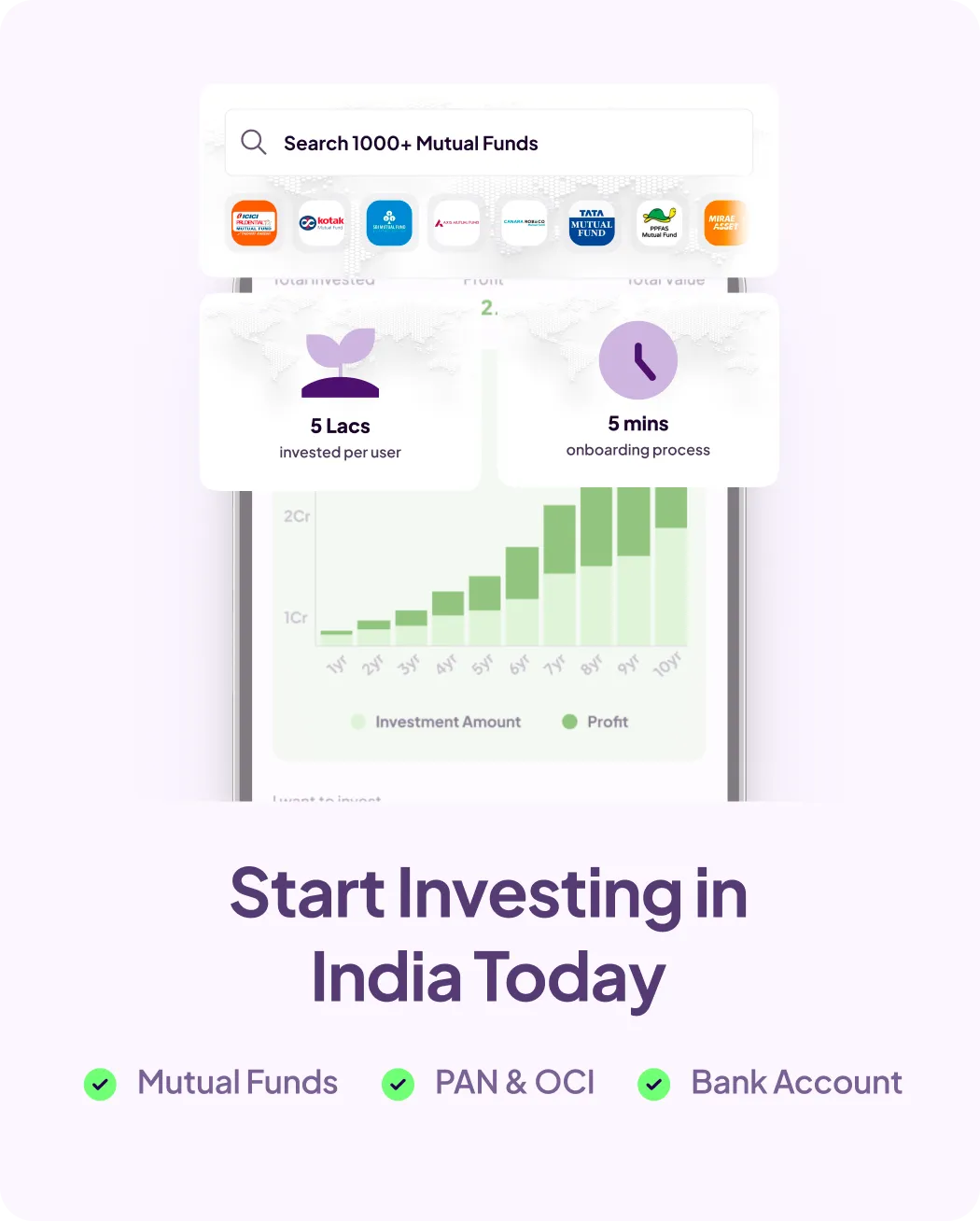Planning to study in the USA from India? The first big step is getting your F-1 student visa. Many Indian students dream of studying in top American universities, but the visa process can feel overwhelming. Missing even a single required document can lead to delays or rejection.
This guide provides the complete F1 visa checklist for Indian students, including updated fees, financial requirements, documents list, and a step-by-step application process.
What Is an F-1 Visa?
The F-1 visa is a U.S. non-immigrant visa that allows international students to pursue full-time academic programs at SEVP-approved institutions. For Indian students, this usually applies to:
- Undergraduate (Bachelor’s) programs
- Postgraduate (Master’s, MBA, PhD) programs
- Language training or specialized programs
Eligibility requirements include:
- Admission to a SEVP-approved university or college in the USA
- A valid Form I-20 issued by your school
- Proof of financial ability to cover tuition and living expenses
- Intention to return to India after completing studies
Financial Proof Requirements for Indian Students
The visa officer must be satisfied that you can fund your education and living expenses in the U.S.
- Typical 1-year cost on the I-20: USD 30,000–55,000 (~₹25–45 lakhs)
- You must show liquid funds (bank savings, fixed deposits, or sanctioned education loan) covering at least the first year.
- Property papers or immovable assets can support your “home ties,” but they do not count as liquid funds.
Tip: Education loans sanctioned by Indian banks or NBFCs are widely accepted as proof. Carry the loan sanction letter with you.
Complete F1 Visa Documents Checklist for Indian Students
Before your visa interview, ensure the following documents are ready and organized:
1. Mandatory Documents
- Valid passport (at least 6 months beyond intended stay)
- Form I-20 (signed by both you and your university’s Designated School Official)
- DS-160 confirmation page
- Visa interview appointment confirmation letter
- SEVIS fee receipt (I-901)
- MRV fee receipt
- U.S. visa photo (51mm x 51mm)
2. Academic Documents
- 10th & 12th mark sheets and certificates
- College/University transcripts (if applying for postgraduate programs)
- Degree certificates (if applying for Master’s or PhD)
- Standardized test scores (GRE, GMAT, SAT, ACT if applicable)
- English proficiency test scores (TOEFL, IELTS, PTE, or Duolingo Test, as required by university)
3. Financial Documents
- Bank statements (last 6 months–3 years depending on sponsor’s profile)
- Education loan sanction letter (if applicable)
- Fixed deposit receipts
- Income Tax Returns (past 2–3 years, optional but recommended)
- Salary slips or Form-16 of sponsors (optional but helpful)
Carry both originals and photocopies in a neatly organized folder.
Step-by-Step F1 Visa Application Process for Indian Students
Step 1: Get Admission
- Receive your Form I-20 from a SEVP-approved U.S. university.
Step 2: Pay the SEVIS Fee
- Pay USD 350 (~₹29,000) and keep the receipt.
Step 3: Complete DS-160 Form
- Fill it online carefully, then print the confirmation page.
Step 4: Pay the MRV Fee (Visa Fee)
- Pay USD 185 (~₹15,400) online.
Step 5: Schedule Appointments
- VAC Appointment: Biometrics and photo
- Visa Interview: At a U.S. Embassy/Consulate (Delhi, Mumbai, Hyderabad, Chennai, Kolkata)
Step 6: Attend Visa Interview
- Carry all required documents. Answer confidently and honestly.
Most interviews last between 2–5 minutes, so document organization and clarity of answers matter.
Common Mistakes Indian Students Should Avoid
- Submitting incomplete financial documents
- Carrying the wrong-sized photo (must be 51mm x 51mm)
- Not preparing answers for common questions like “Why this university?”
- Giving the impression of long-term immigration intent instead of study focus
- Sounding over-rehearsed or memorized during the interview
Quick Visa Interview Tips
- Be clear about why you chose your university and program
- Highlight your career plans and intent to return to India
- Keep answers short, direct, and polite
- Stay confident, and maintain good communication
- Organize all original and supporting documents in advance
Conclusion
Applying for an F1 visa as an Indian student may seem challenging at first, but with careful planning and the right preparation, the process becomes much more manageable. From securing the Form I-20 to paying the SEVIS and MRV fees, arranging your academic and financial documents, and finally preparing for the visa interview, every stage requires attention to detail. Being well-prepared not only reduces stress but also helps you present a strong and confident case during the interview.
Every year, thousands of Indian students successfully receive their F1 visas and begin their journey toward world-class education in the United States. By using this checklist, organizing your documents, and confidently explaining your study goals, you can maximize your chances of approval. With the right guidance and preparation, your dream to study in the USA can turn into reality sooner than you think.
Frequently Asked Questions
Q1: How much money should I show for the F1 visa?
At least ₹25–45 lakhs depending on the university and program. At minimum, proof of funds for the first year is required.
Q2: Can I work on an F1 visa in the USA?
Yes. Students can work up to 20 hours per week on campus. Internships (CPT) and Optional Practical Training (OPT) are also allowed under specific rules.
Q3: Do I need to show tax returns?
Not mandatory, but presenting 2–3 years of ITRs for parents or sponsors can strengthen your application.
Q4: How long can I stay after completing my program?
You must leave the U.S. within 60 days of program completion, unless you apply for OPT or another visa category.
Q5: What if my F1 visa is rejected?
You can reapply after addressing the issue (such as insufficient funds or unclear intent). There is no official waiting period, but ensure your case is stronger before reapplying.




